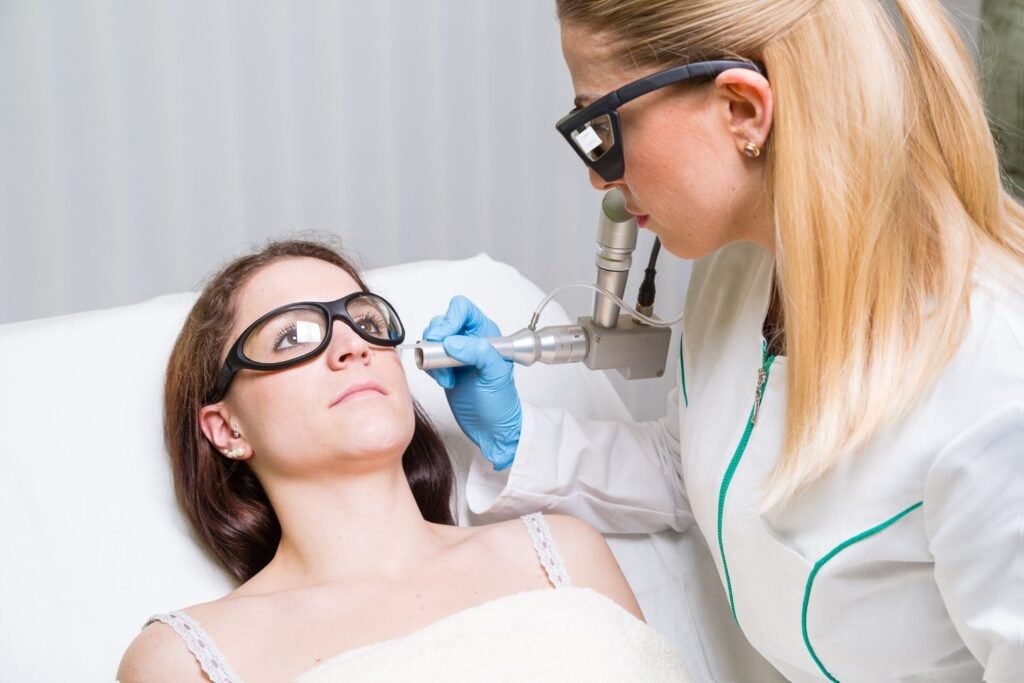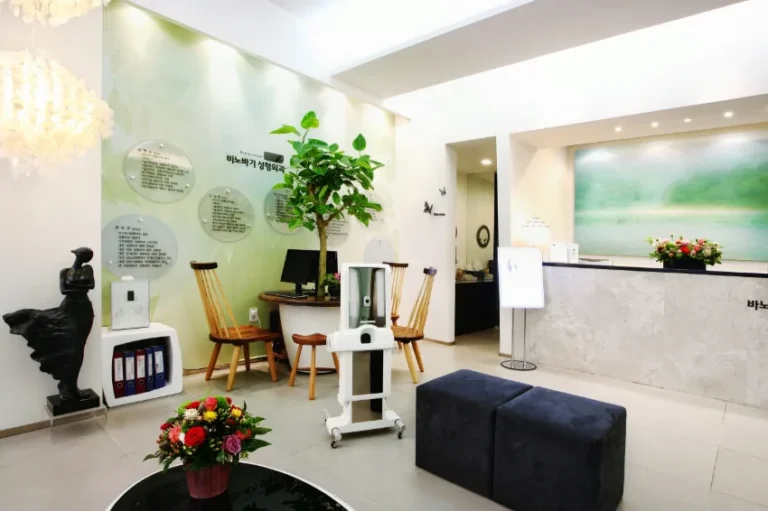Melasma is a complex skin condition that manifests as irregular patches of hyperpigmentation—often on the cheeks, forehead, upper lip, and jawline. Among its various triggers, hormonal fluctuations are a leading cause, particularly in women. This hormone-induced pigmentation is known as hormonal melasma, and it requires a customized treatment approach that goes far beyond topical creams.
Korean dermatology clinics, known for their advanced skin science and personalized protocols, offer cutting-edge solutions for hormonal melasma by combining medical insight, gentle skin therapies, and precision-based technology. Let’s explore what hormonal melasma is, its root causes, and how it’s effectively treated in Korea.
🔬 What Is Hormonal Melasma?
Hormonal melasma is a type of hyperpigmentation caused or worsened by hormonal changes—particularly estrogen and progesterone fluctuations. It often appears:
- During pregnancy (commonly called “the mask of pregnancy” or chloasma)
- After starting birth control pills
- During hormone replacement therapy (HRT)
- In individuals with hormonal imbalances (e.g., thyroid disorders, PCOS)
Unlike sun-induced pigmentation, hormonal melasma is deeply embedded in the dermis, making it harder to treat and more prone to recurrence.
🧬 Causes of Hormonal Melasma
1. Estrogen and Progesterone
High levels of these hormones stimulate melanocyte activity, leading to increased melanin production, especially in sun-exposed areas.
2. Pregnancy (Chloasma)
50–70% of pregnant women develop melasma due to hormonal surges. It may fade post-pregnancy, but often persists without intervention.
3. Oral Contraceptives
Birth control pills can trigger melasma or make it worse due to synthetic hormone levels mimicking pregnancy conditions.
4. Thyroid Disorders
Hypothyroidism and other endocrine issues can influence melanocyte behavior and increase pigmentation.
5. UV and Heat Exposure
Even though hormones are the root cause, sunlight and heat act as accelerants, worsening existing patches.
📋 How Korean Clinics Diagnose Hormonal Melasma
Korean dermatologists use a multi-dimensional skin evaluation, including:
- Wood’s lamp examination to assess depth (epidermal vs. dermal)
- VISIA or OBSERV 520 imaging to map hidden pigment under the skin
- Hormonal screening (in collaboration with OB-GYNs or endocrinologists)
- Patient history check (medications, menstrual cycle, birth control, pregnancy, thyroid levels)
This thorough approach allows for individualized treatment plans rather than a one-size-fits-all protocol.
💡 Korean Treatment Strategy: Treating from the Inside Out
Korean clinics approach hormonal melasma in three phases:
- Suppress Melanin Production
- Strengthen Skin Barrier + Prevent Inflammation
- Regulate Internal Hormonal Triggers (if needed)
🧴 Top Treatments for Hormonal Melasma in Korea
1. Oral Tranexamic Acid (TXA)
A gold-standard systemic treatment in Korea. TXA inhibits the interaction between melanocytes and keratinocytes by blocking plasmin activity.
- Typical regimen: 250 mg, twice a day for 2–3 months (under doctor supervision)
- Often combined with topical TXA for synergistic effect
- Monitored for side effects (e.g., blood clot risk in predisposed individuals)
2. Laser Toning (Low-Fluence Q-Switched Nd:YAG)
Laser toning is gentle and suitable for melasma-prone skin. It reduces pigmentation gradually without damaging skin.
- Session duration: ~10–15 mins
- Frequency: Weekly for 6–10 sessions
- Downtime: None
- Combined with antioxidant masks post-laser
🧴 Clinic tip: Korean dermatologists space treatments out to prevent rebound pigmentation—a risk for hormonal melasma.
3. Pico Laser (Picosecond Laser)
Ideal for stubborn, dermal melasma in hormonal cases. Delivers ultra-short bursts of energy that break pigment into tiny particles.
- Stimulates collagen and skin healing
- Can reduce the depth of pigmentation
- Requires fewer sessions than traditional lasers
Combo treatment: Often paired with tranexamic acid mesotherapy (injections) for stronger results.
4. Mesotherapy or Skin Boosters with Tranexamic Acid
Microinjections deliver brightening agents directly into the dermis.
- Ingredients: TXA, glutathione, arbutin, Vitamin C
- Boosts laser outcomes
- Reduces recurrence in hormonally-driven cases
🧴 Popular in Korea: “Whitening injection cocktails” designed to target pigment-producing cells directly.
5. Topical Skincare Protocols
Korean clinics prescribe custom formulations, often including:
- Tranexamic acid
- Niacinamide
- Azelaic acid
- Retinaldehyde (gentle retinoid alternative)
- Centella asiatica (for calming skin and healing)
These are often made in-clinic to avoid fragrances, harsh preservatives, and other irritants that may worsen melasma.
☀️ UV & Heat Protection: A Must in Korea’s Holistic Approach
Since melasma is easily aggravated by sunlight and heat, Korean dermatologists strongly emphasize layered sun protection:
- SPF 50+ with PA++++ (UVA + UVB)
- Infrared protection to block heat damage
- Reapplication every 2–3 hours
- Sun visors, hats, and cooling sprays for high-temperature days
🧠 Hormonal Support & Internal Balance
Some Korean clinics offer integrated care with OB-GYNs or holistic practitioners for:
- Hormone level testing (estrogen, progesterone, TSH)
- Thyroid treatment if needed
- PCOS management
- Herbal or traditional Korean medicine to regulate menstruation or reduce hormonal fluctuation
📉 How Long Does It Take to See Results?
Hormonal melasma requires patience and consistency. In Korean clinics:
| Phase | What to Expect |
|---|---|
| 1–2 weeks | Reduced inflammation, slight glow |
| 1 month | Lightening of epidermal pigment |
| 2–3 months | Noticeable fading of patches |
| 3–6 months | Stable improvement, less relapse |
Note: Hormonal triggers may still cause flare-ups during pregnancy, menstruation, or high stress.
💰 Cost of Hormonal Melasma Treatments in Korea (2026)
| Treatment | KRW (Per Session) | USD (Approx.) |
|---|---|---|
| Oral TXA (monthly cost) | ₩100,000–₩150,000 | $75–$110 |
| Laser Toning | ₩150,000–₩300,000 | $115–$230 |
| Pico Laser | ₩250,000–₩450,000 | $190–$340 |
| TXA Mesotherapy (per session) | ₩200,000–₩350,000 | $150–$260 |
| Custom skincare prescription | ₩50,000–₩150,000 | $40–$110 |




